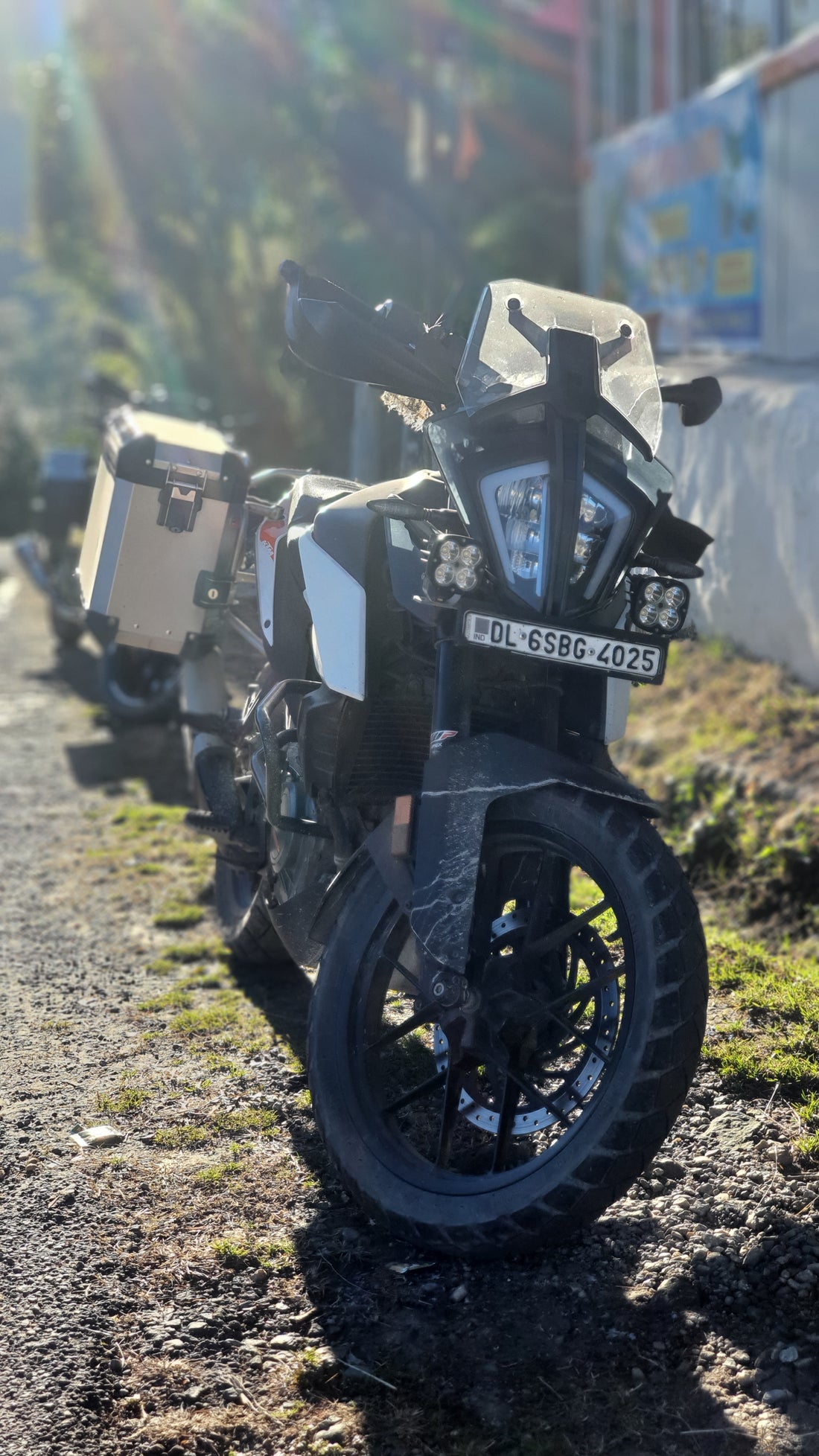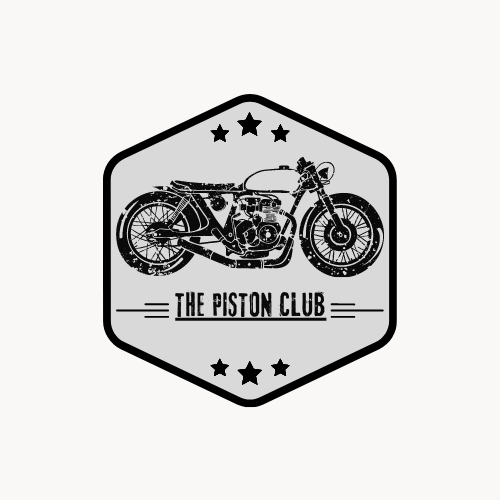Riding a motorcycle can be an exhilarating and liberating experience. The feeling of the wind in your hair, the open road stretching out before you, and the distinct hum of the engine all contribute to the unique thrill of riding. However, with great power comes great responsibility, and motorcycle riders must prioritize safety above all else. In this blog, we'll explore some essential tips and practices for safe riding on a motorcycle.
1. **Gear Up**
The foundation of safe riding begins with proper safety gear. Invest in a quality, DOT-approved helmet, which is a non-negotiable piece of equipment. Full-face helmets offer the best protection, covering your entire head and face. Additionally, wear protective clothing, including leather or reinforced textile jackets, pants, gloves, and sturdy boots. These not only protect you from the elements but also provide crucial protection in case of an accident.
2. **Know Your Motorcycle**
Familiarize yourself with your motorcycle. Understanding the machine's controls, handling, and maintenance is critical. Regularly check your bike for tire pressure, brakes, lights, and oil levels. Keep it in top condition to avoid unexpected mechanical issues.
3. **Training and Education**
Enroll in a motorcycle safety course. These courses teach fundamental riding skills, road safety, and how to handle different riding conditions. They can also help seasoned riders brush up on their skills and knowledge.
4. **Obey Traffic Rules**
Motorcycles are subject to the same traffic rules and regulations as any other vehicle. Adhere to speed limits, follow lane discipline, and use turn signals. Remember that reckless riding not only endangers your life but also the lives of others on the road.
5. **Stay Visible**
Visibility is key to motorcycle safety. Wear bright or reflective clothing to increase your visibility to other drivers. Use your headlights during the day and night, and consider adding extra lights to your bike to enhance visibility.
6. **Maintain a Safe Following Distance**
Maintain a safe following distance behind the vehicle in front of you. This gives you more time to react to sudden stops or obstacles on the road. The "two-second rule" is a good guideline to follow.
7. **Anticipate Hazards**
Always be on the lookout for potential hazards on the road. Watch for road debris, potholes, wet surfaces, and gravel. Also, be cautious at intersections, as many accidents occur when other drivers fail to yield the right of way to motorcycles.
8. **Avoid Riding Under the Influence**
Never operate a motorcycle under the influence of alcohol or drugs. Impaired riding greatly increases the risk of accidents and reduces your ability to make split-second decisions.
9. **Use Defensive Riding Techniques**
Assume that other drivers may not see you and may not give you the right of way. Be prepared for sudden lane changes or erratic behavior from other vehicles.
10. **Stay Informed and Evolve**
Stay updated on the latest safety tips and riding techniques. Motorcycling, like any skill, can be honed and improved over time. Attend workshops, read books, and learn from experienced riders to continue evolving as a safe rider.
Conclusion
Safe riding is not just a set of rules; it's a way of life for responsible motorcyclists. The thrill of the ride can be fully enjoyed when you know you've taken every precaution to protect yourself and others. Whether you're a new rider or a seasoned enthusiast, remember that safety is a continuous journey, and it's the most important one you'll ever take on your motorcycle.

